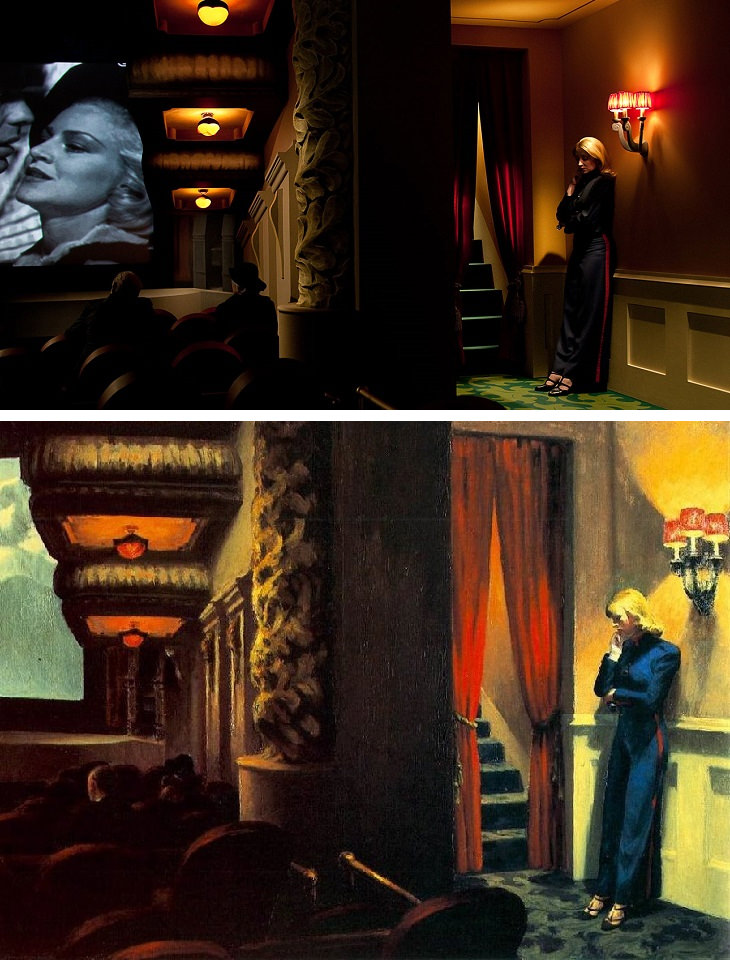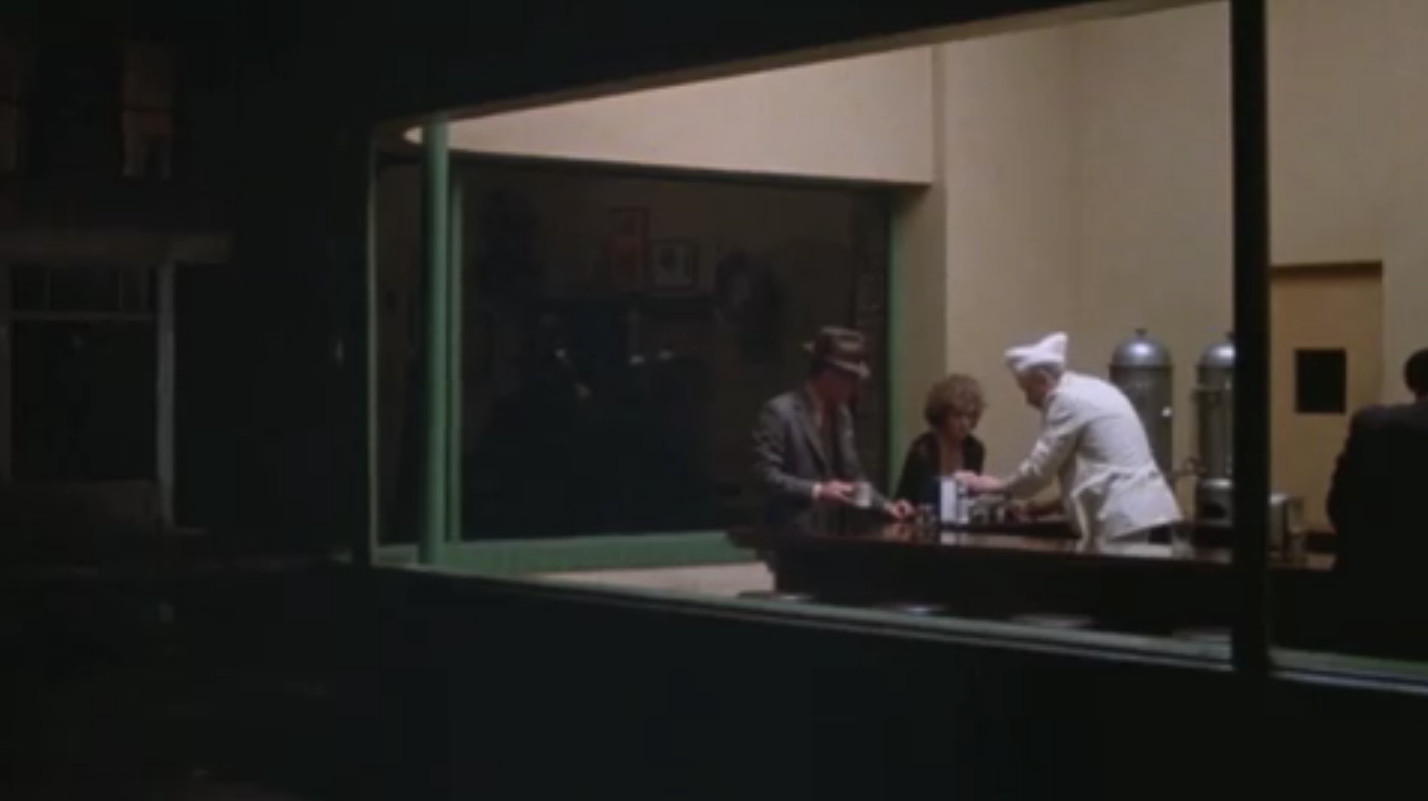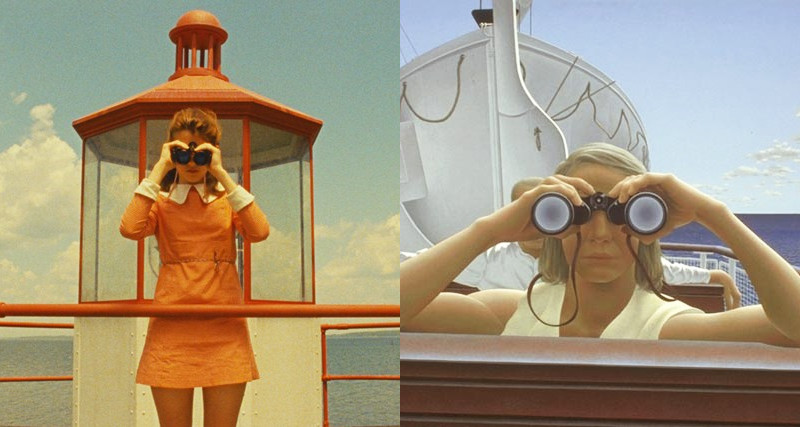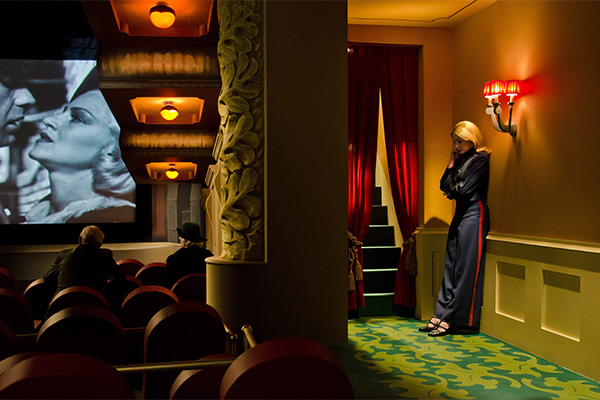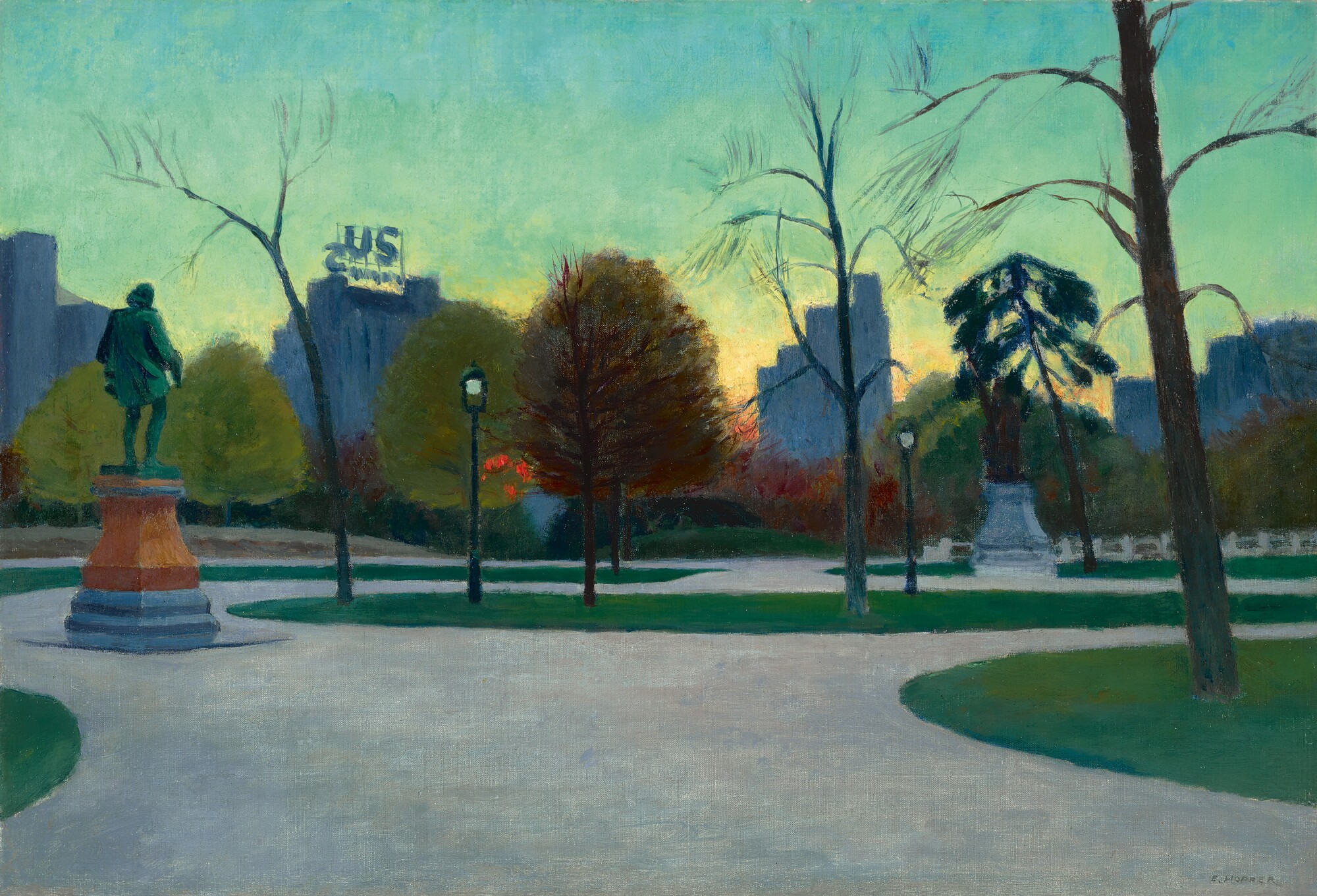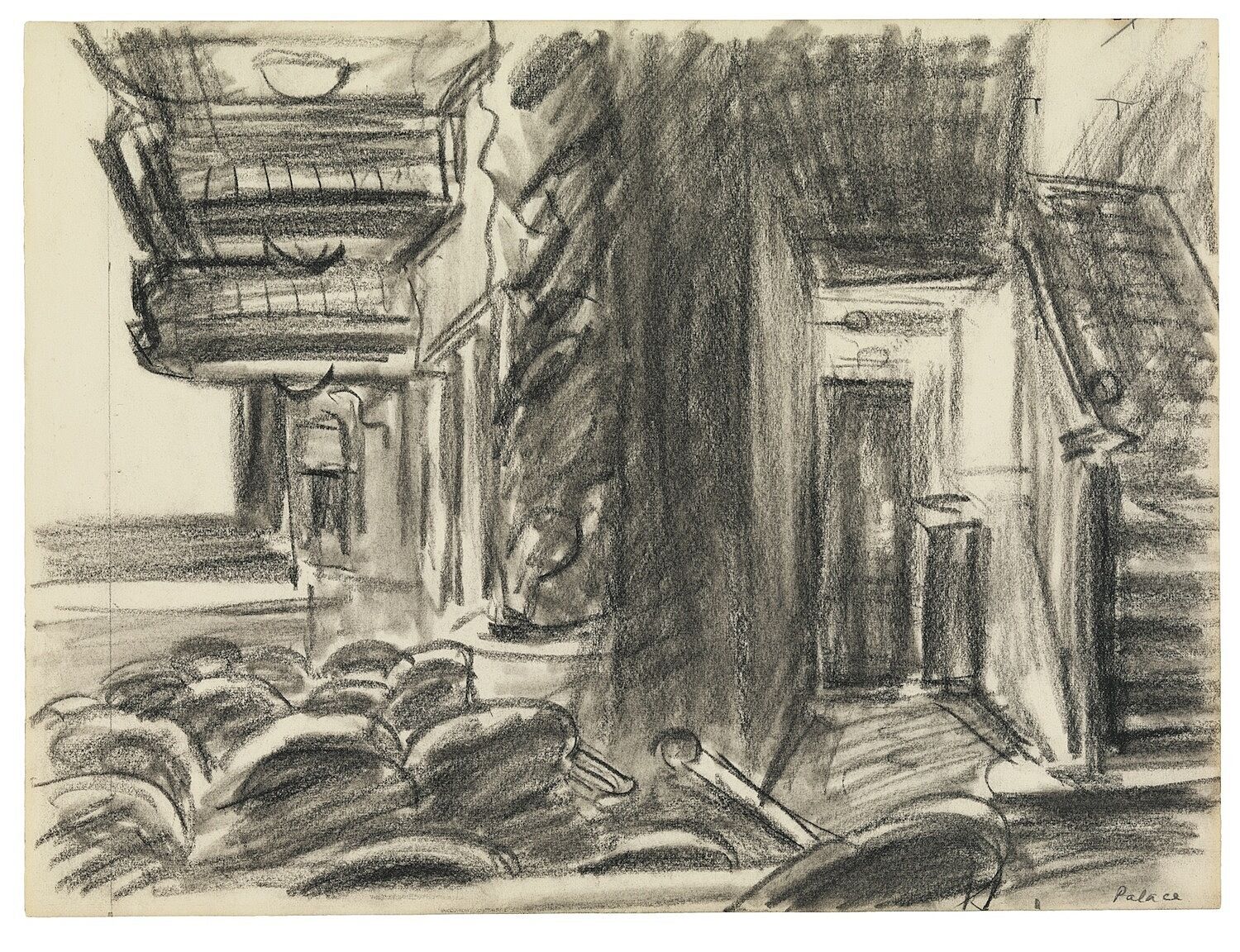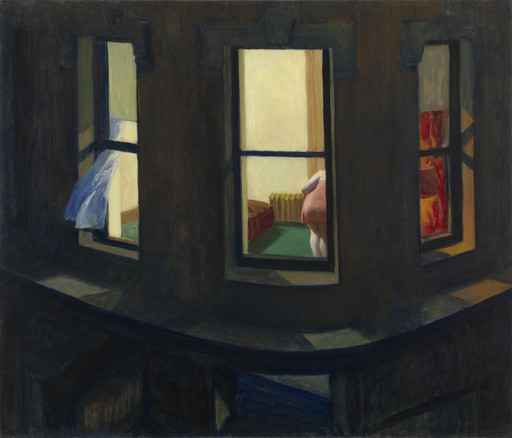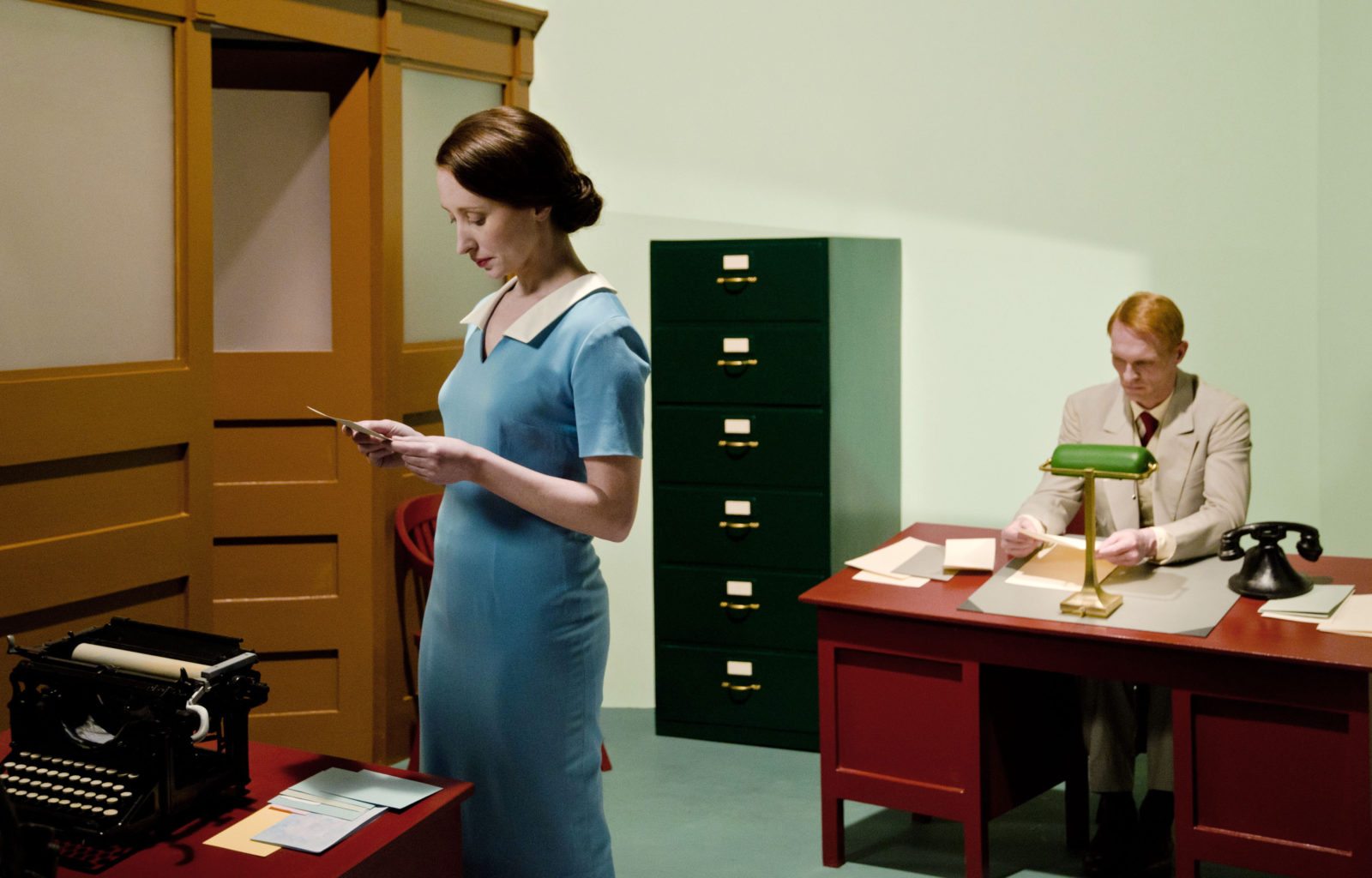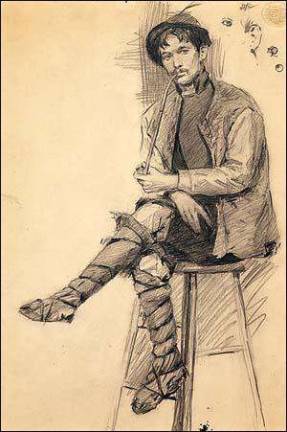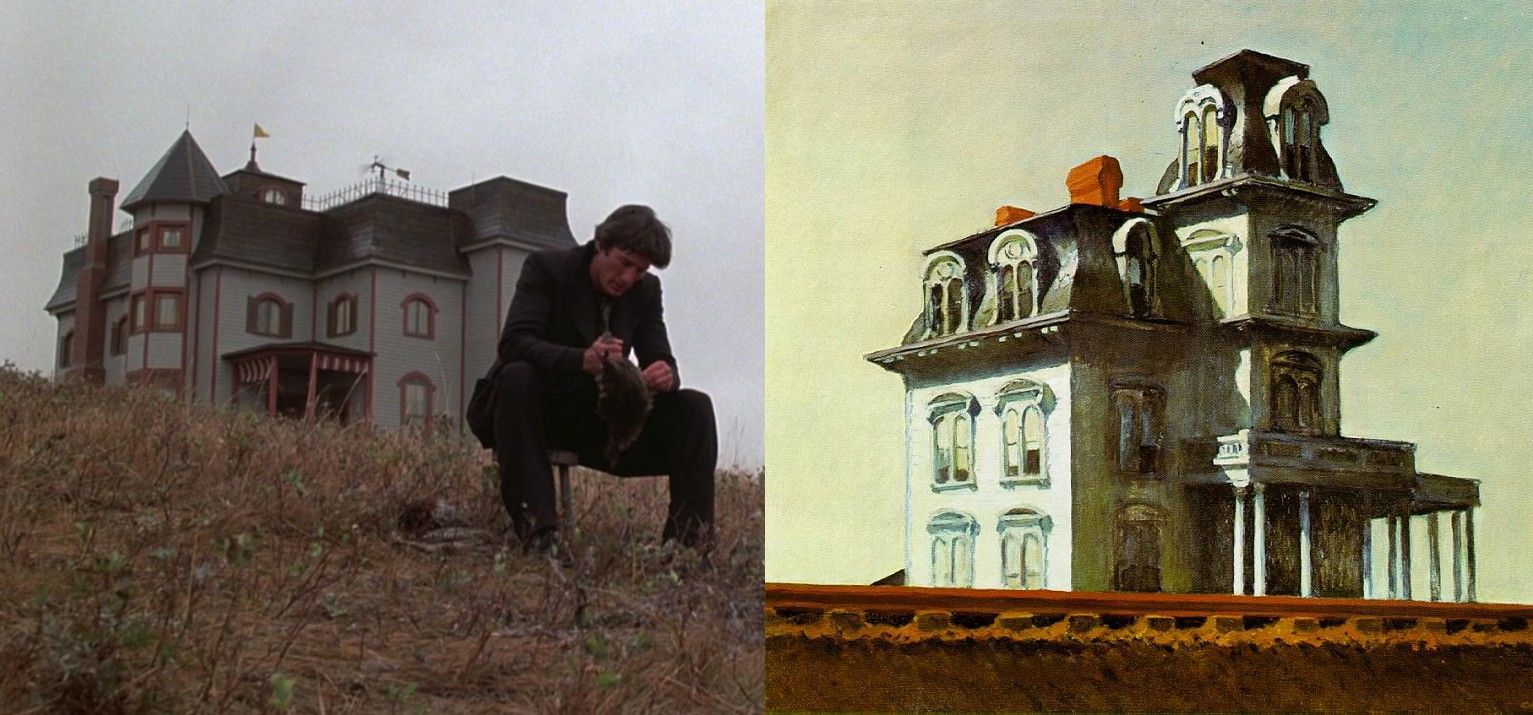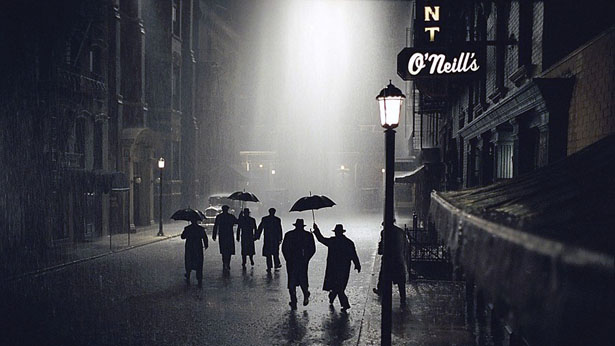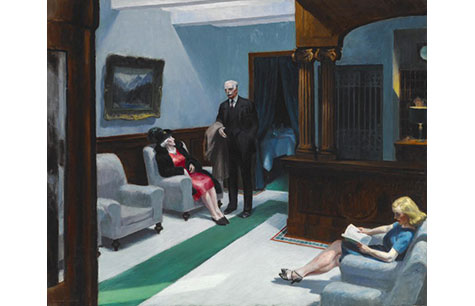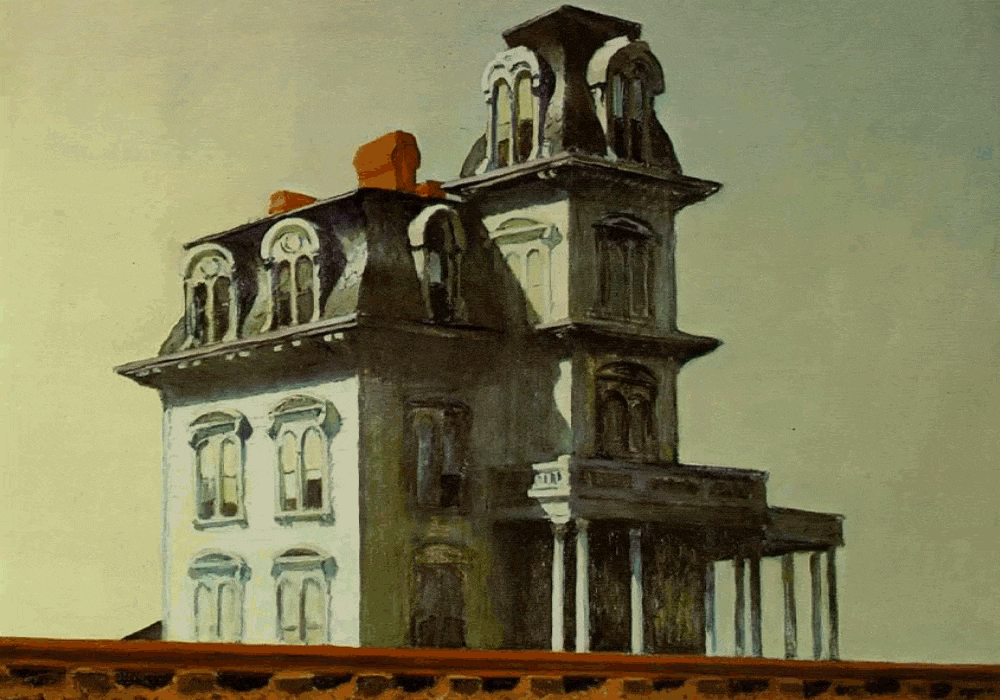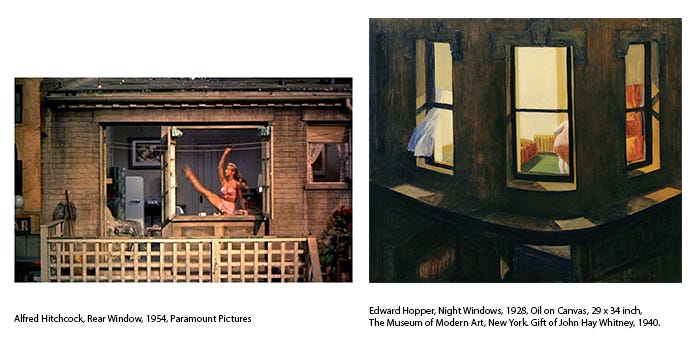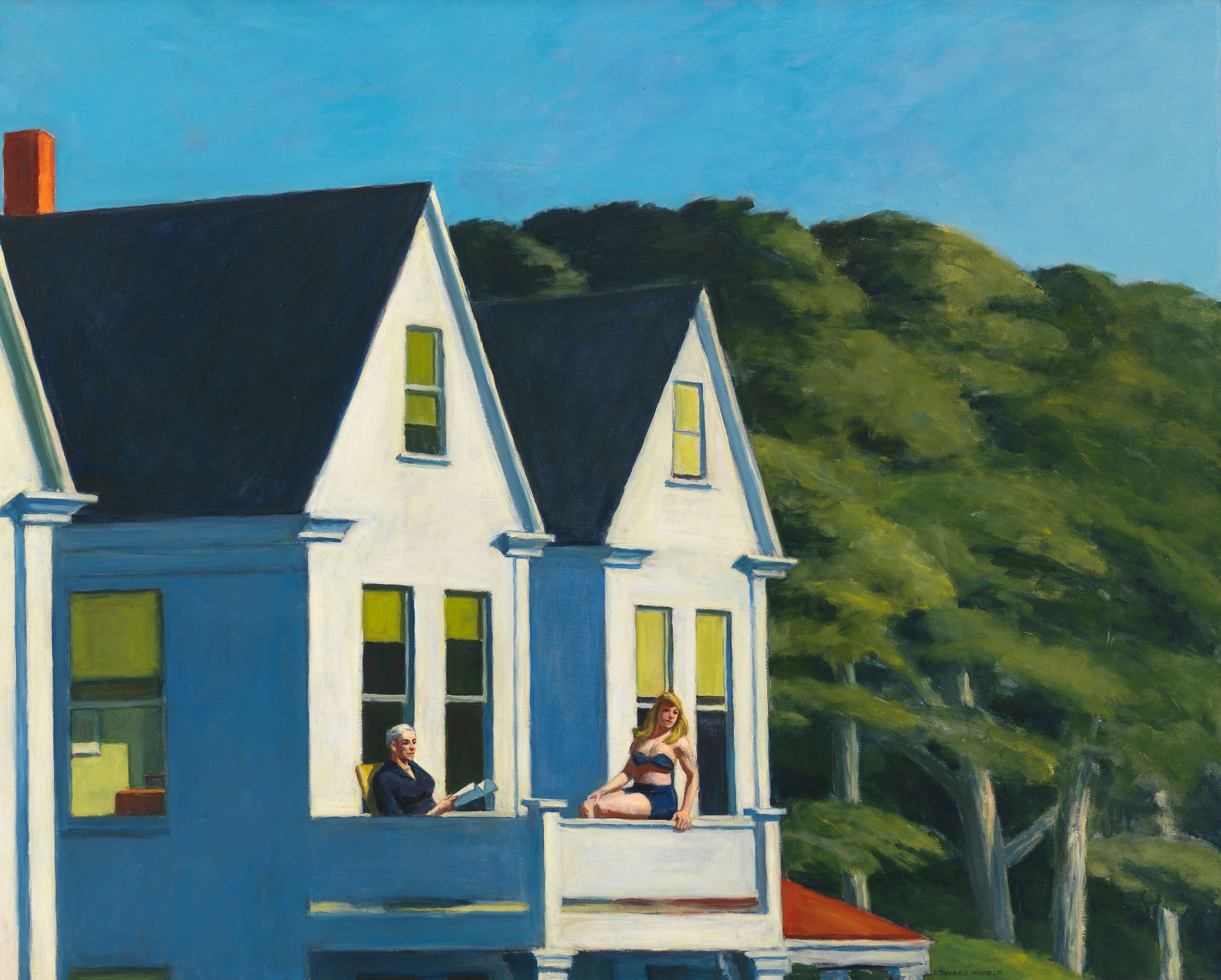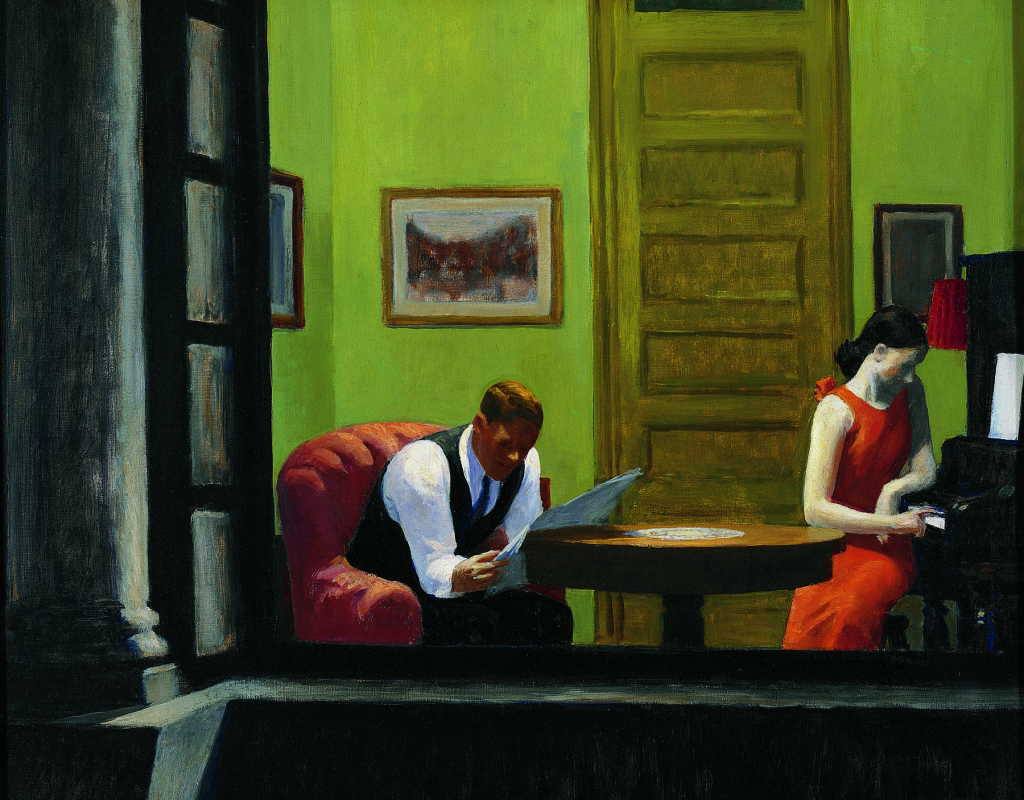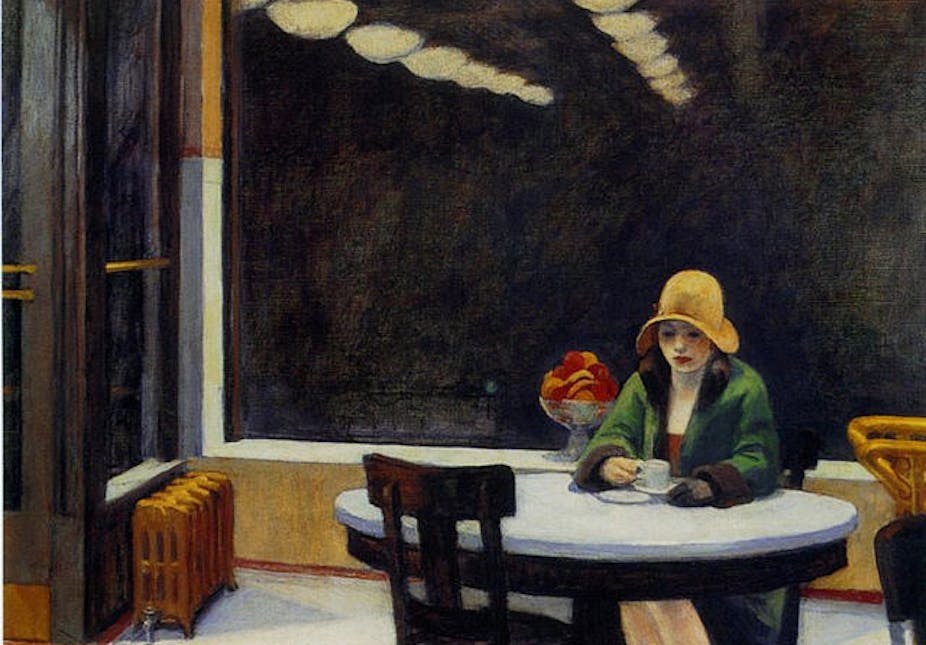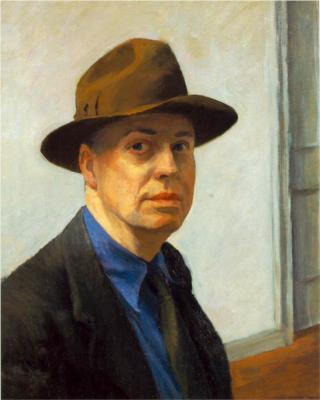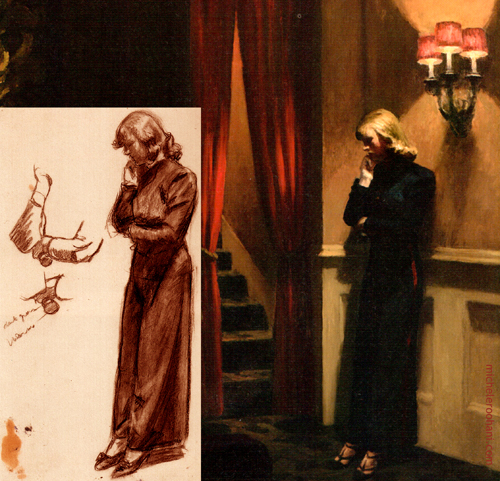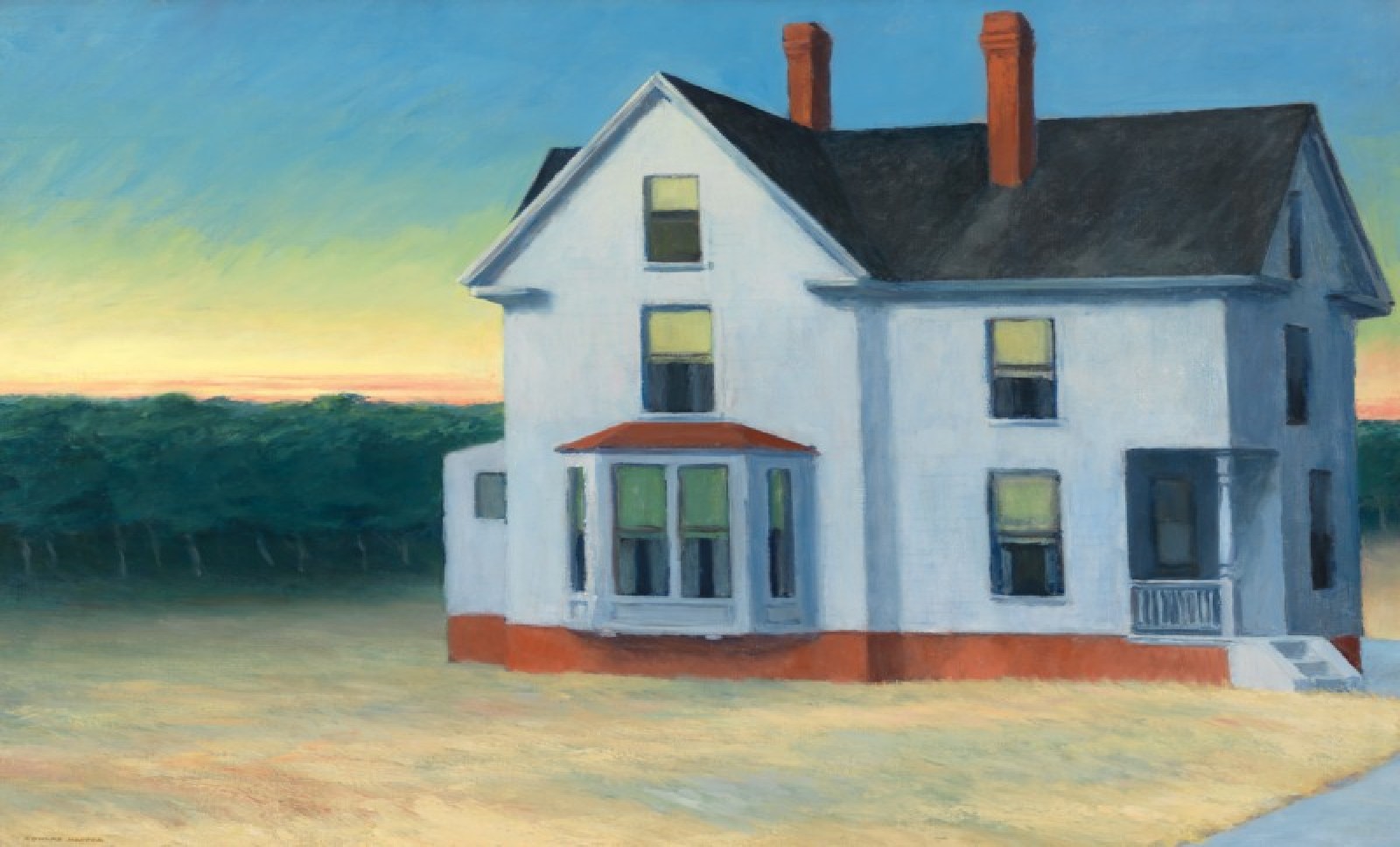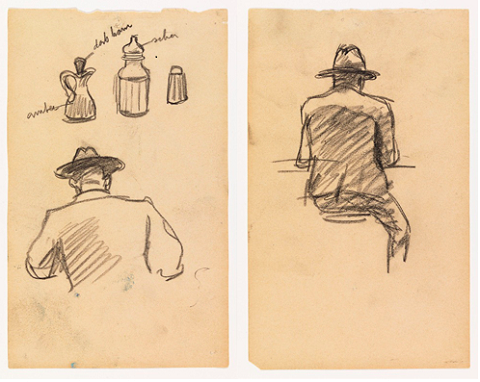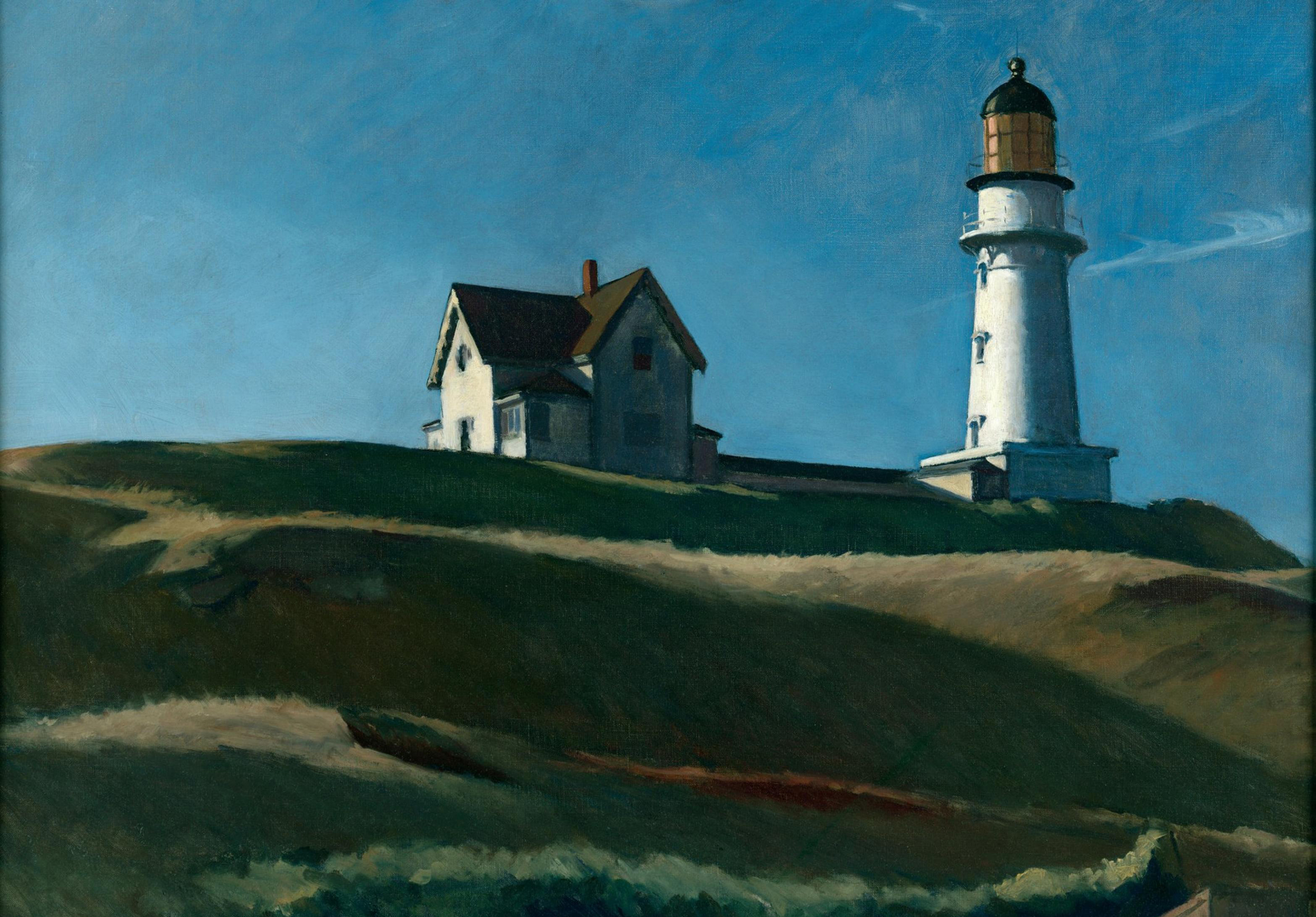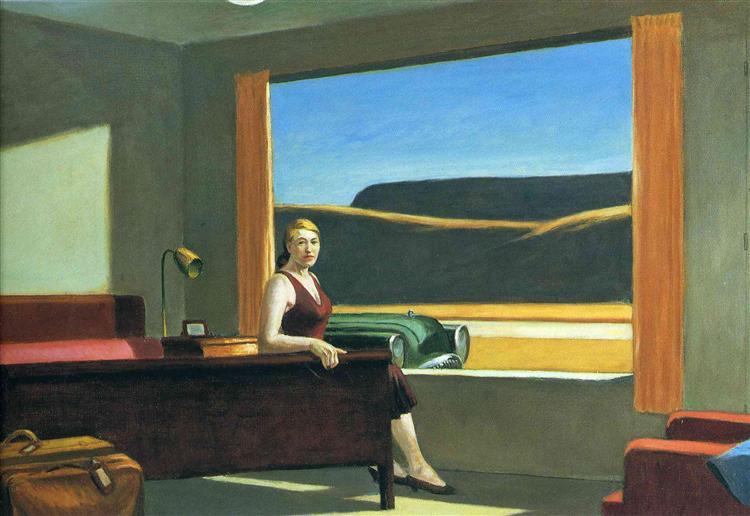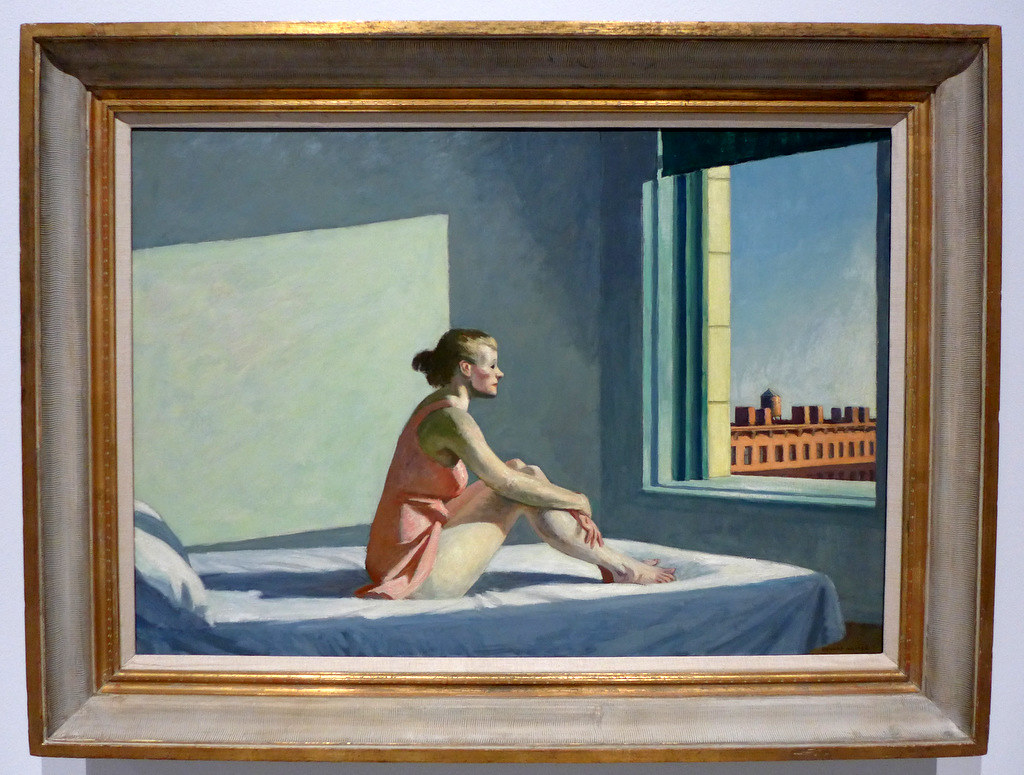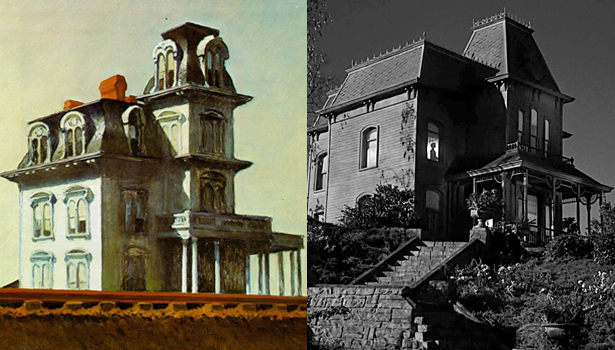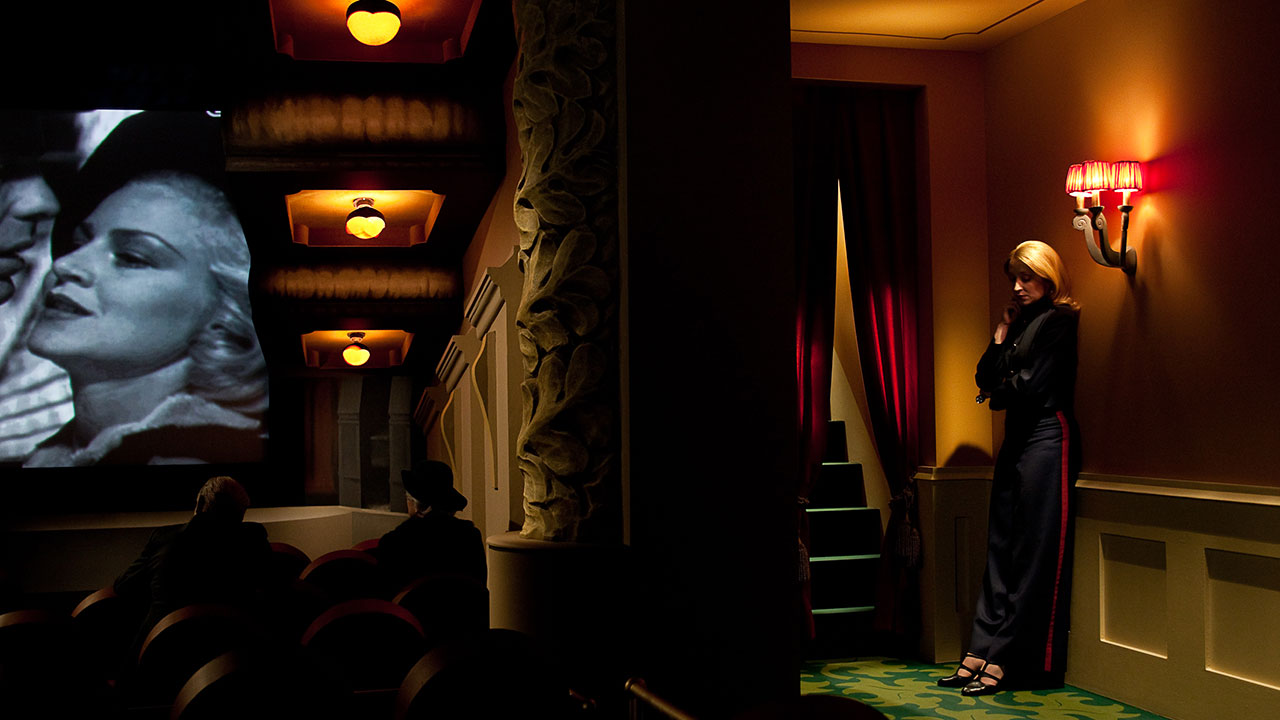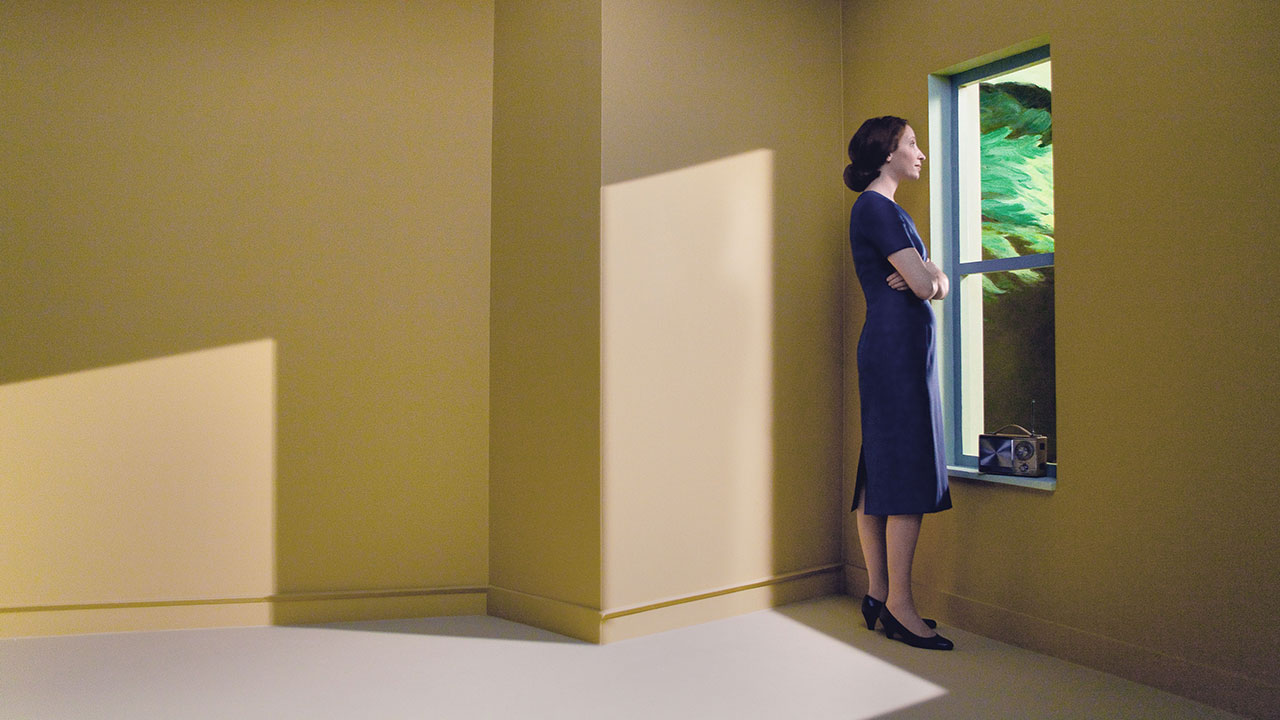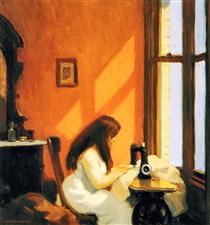Edward Hopper Cinema Painting
In edward hoppers most famous piece nighthawks there are four customers and a waiter who are in a brightly lit diner at night.
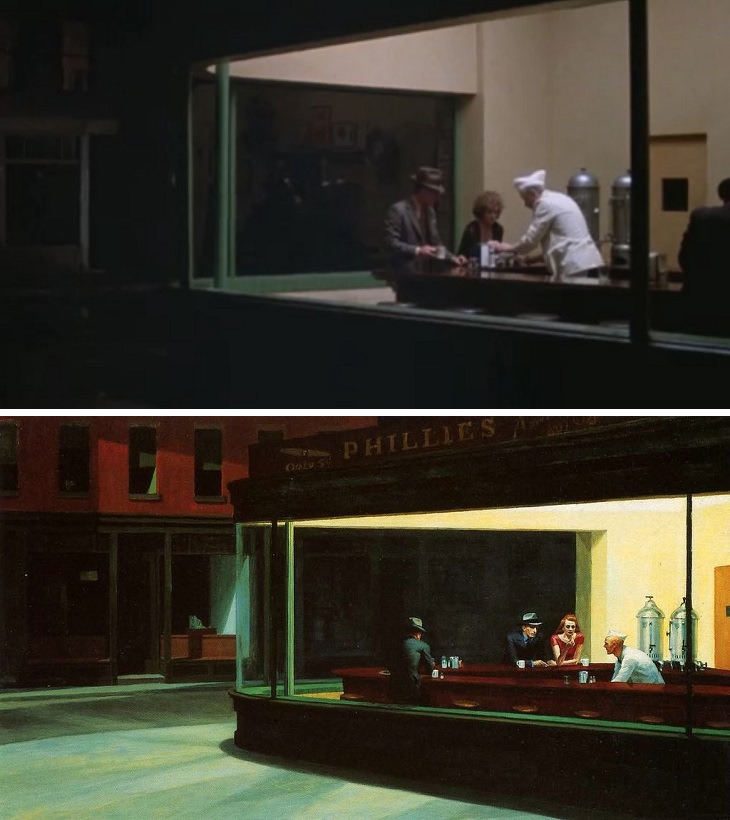
Edward hopper cinema painting. Two comedians from 1966 is an existential tour de force that represents the culmination of edward hoppers career. Hoppers final oil painting two comedians 1966 painted one year before his death focuses on his love of the theater. New york movie is an oil on canvas painting by american painter edward hopper. Two french pantomime actors one male and one female both dressed in bright white costumes take their bow in front of a darkened stage.
Study of new york movie by edward hopper the entire painting is concerned with leavetaking with seeming to be sated with a wealth of illusions that includes the film and the building and with allowing this artificial world to lull one into thinking that life is not alienating and that the modern world is wonderful because it provides larger than life experiences in the theater. His final painting it is a seminal and poignant work that embodies the most important and defining themes of his art. And many believe that their disconnect with the waiter and with the external world represent the feelings of many americans during this period because of the war. Hopper witnessed an exciting period in cinema history.
Edward hoppers solitary figure in a theater painted somewhere around 1903 when he was barely in his twenties and now in the permanent collection of the whitney museum of american art. But instead of painting bustling dance halls and frenetic burlesque theaters hopper chose instead to paint an empty movie theater. In the classic 1946 movie version robert siodmak german born master of the film noir recreates hoppers painting in black and white. This is mainly due to his unique way of using light but also in his compositions the arrangement he gives to objects and people in their spaces the attitudes of the characters and the peculiar use of color.
Measuring 32 14 x 40 18 new york movie depicts a nearly empty movie theater occupied with a few scattered moviegoers and a pensive usherette lost in her thoughts. The introduction of electricity and sound and then the rise of the hollywood motion picture. Edward hopper was a great observer of modern life. The painting was begun in december of 1938 and finished in january of 1939.
Before it comes to auction in sothebys american art sale 16 november new york discover more about hoppers dramatic farewell painting.


